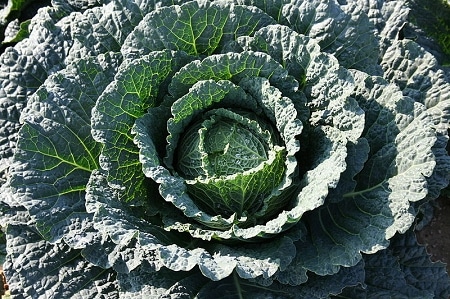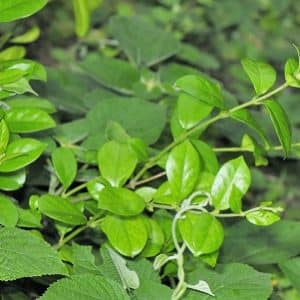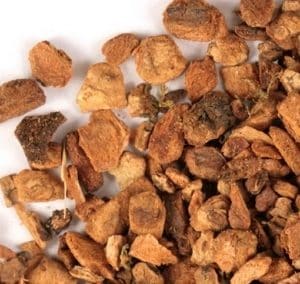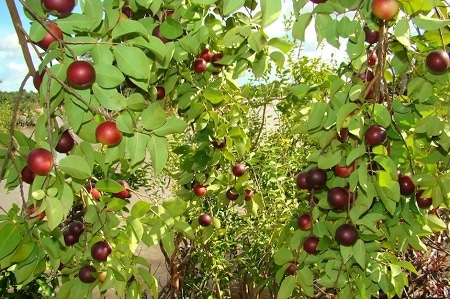Helen of Troy was believed to have been gathering the herb when she was abducted by Paris. This story resulted in its botanical name.
The root contains a sweet, starchy substance called inulin which is responsible for its popularity as a type of crystallized candy. Pliny stated that no day passed that the Empress Julia Augusta did not eat some of the candied root to help her digestion and cause mirth .
Inulin was first isolated from elecampane in 1804, and took its name from the botanical name for the herb. It has mucilaginous qualities that help soothe the bronchial linings.
In the Middle Ages, apothecaries sold the candied root in flat, pink, sugary cakes, which were sucked on to alleviate asthma and indigestion, and to sweeten the breath.
In ancient China, large-leafed plants were grown under scholars windows so they could listen to different sounds of rain. It is still used in a similar manner in temperate climates.
A story is told by Stephen Blake in his Complete Gardener s Practice of 1664. He suggested one use for the plant to be revenged on a person who steals your flowers, sprinkle dry powdered elecampane root on clove gillyflowers, give to the party, who will delight to smell it, and when they draw the powder into their nostrils they will fall a sneezing until the tears run down their thighs . (Bremness)
A medieval saying was Elecampane will the spirits sustain , which reflected the herb s tonic properties.
The Greeks and Romans considered it as a cure-all for such diverse ailments as dropsy, digestive upsets, menstrual disorders, and sciatica.
The Anglo-Saxons used it as a tonic, for skin diseases, and for leprosy.
By the 19th century, it was used to treat all the above, plus neuralgia and liver problems.
The Algonquin, Cherokee, Delaware, Iroquois, and others have long used this herb to treat various respiratory problems, including tuberculosis, asthma, and the common cold. Scientists have now verified that it exhibits significant activity against Mycobacterium tuberculosis and does improve digestion. In fact, the Delaware made a tonic from the root to strengthen digestive organs.
Key Actions
Key Components




